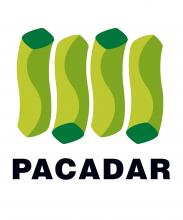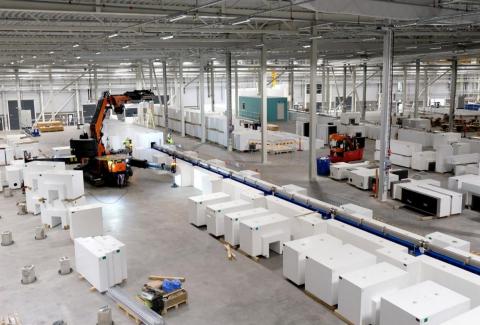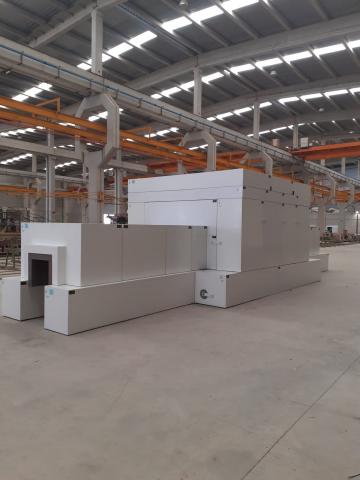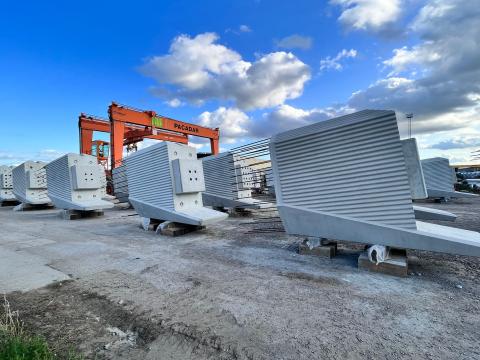



General information
-
Company namePACADAR
-
AddressPº Castellana 259D, 28046 Madrid
-
Turnover124.80 million EUR in year 2023
-
Employees511 in year 2023
-
SMEYES
-
Contact Info:
-
Phone0091 529 79 00
-
Emailcontacto@pacadar.com
Activity and Skills
PACADAR is a globally recognized leader in the design, manufacture, transportation, and assembly of reinforced and prestressed concrete prefabricated elements.
With 80 years of experience and technological leadership, we offer the most comprehensive range of prefabricated concrete products for the construction of all types of structures, including civil works, industrial buildings, and residential buildings, anywhere in the world.
To achieve this, we have factories and offices in Spain, the United Kingdom, Saudi Arabia, Australia, the United States, Mexico, and Panama.
We are well aware that every project requires a different service, in a variety of environments and countries, which demands a high level of adaptability, either in national or international projects, to provide the greatest possible flexibility in meeting our clients’ needs, always honouring our commitment to quality. That is why we offer a Flexible Project Scheme, ensuring that each project is tailored to the specific requirements of our clients. Our Global Presence allows us to operate seamlessly across different regions, bringing our expertise to both national and international projects. Additionally, our On-site Plant capabilities enable us to deliver high-quality solutions directly at the project location, ensuring efficiency and precision in execution.
Pacadar has a strong commitment to research and development (R&D), not only through projects directly aimed at enhancing our technology and innovation processes but also by collaborating in the construction of R&D centers, providing our prefabricated solutions. Our contributions as precast company have been instrumental in several key projects, including:
- The Biotechnological Spin-Off Container Building
- The R&D Building UBE in Puerto Castellón
- Building 7000 of PCTECH, Center for Innovation and Technology Transfer, in Huelva
- Radiotrans Offices in Madrid
- The R&D Center in Nanomachining and Precision Optics
These projects exemplify our dedication to advancing R&D infrastructure and supporting innovation across various sectors. By leveraging our expertise in prefabricated construction, we ensure that these centers are built to the highest standards, fostering an environment conducive to cutting-edge research and technological advancements.